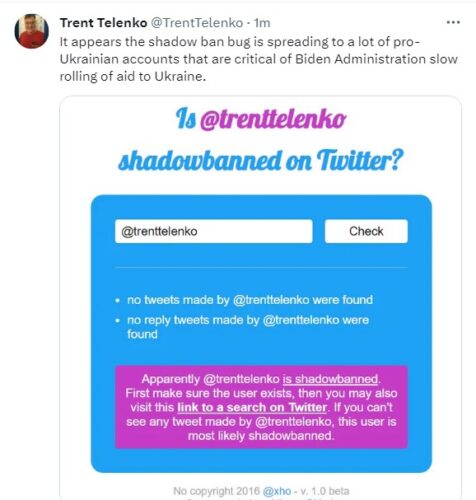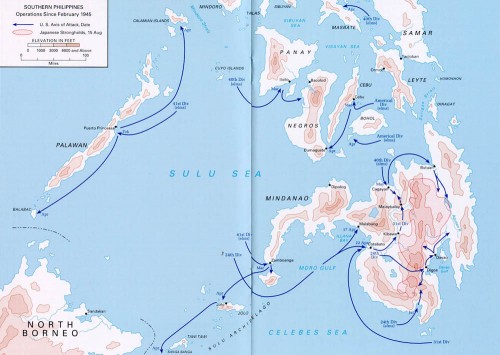I did a direct message interview with Forbes Magazine journalist David Axe the first week of November 2023 about the state of the “Wizard War,” that is electronic warfare, between Ukraine and Russia. I’ve cleaned it up for mis-spellings, removed extraneous comments, adding links and photos for clarity and I am presenting it below:
1. The Russians were famous for their battlefield EW prior to the 2022 invasion of Ukraine. How do you think this EW complex stacked up against other countries’ own EW systems?
Russian EW kit has ranged from good to adequate to poor in terms of individual performance compared to Western standards.
The biggest gap seems to be in the latest VKS (Russian Air Force) Khibiny M Electronic Warfare Self Protection Pod (EWSP), which seems to lack the latest digital radio frequency memory (DRFM) technology. [In 2017 the Russians claimed a Su-24M FENCER carrying the new Khibiny M EWSP system had disabled the SPY-1 Aegis weapon system on the Arleigh Burke-class destroyer. See the picture below] DFRM is needed to survive very long range air to air missile combat engagements and for delivering anti-radar Kh-31/AS-17 KRYPTON missiles, like the US HARM, against ground radars.
There have been X (formerly Twitter) social media videos of VKS jets with pairs of Kh-31 and no EWSP pods. Which meant the jets were using the Kh-31 missile seekers to hunt Ukrainian radars. Shooting both Kh-31 missiles left the jet defenseless!
Where the Russians were outstanding in Feb. 2022 was in terms of the shear numbers of jammers they had with both the force structure and doctrine to operate them. Russia is still a big believer in “Quantity has a quality all its own.”

